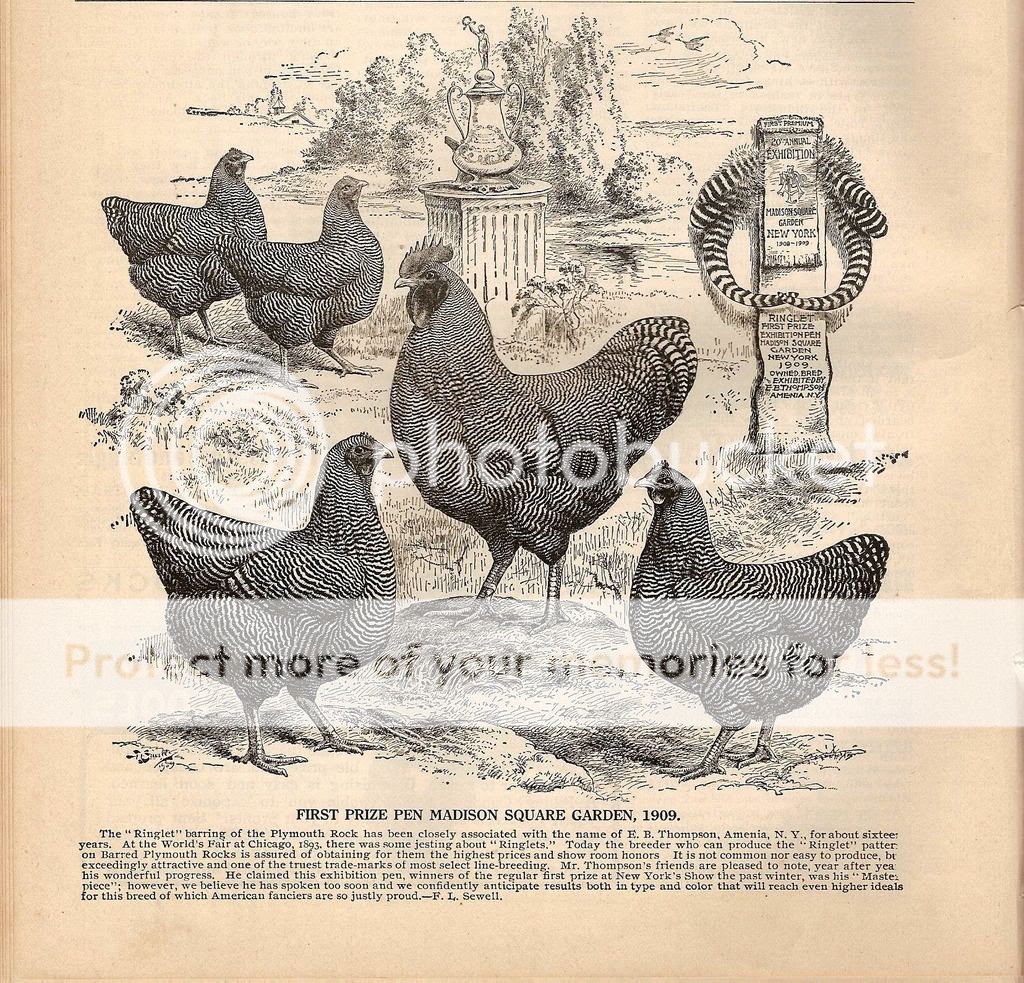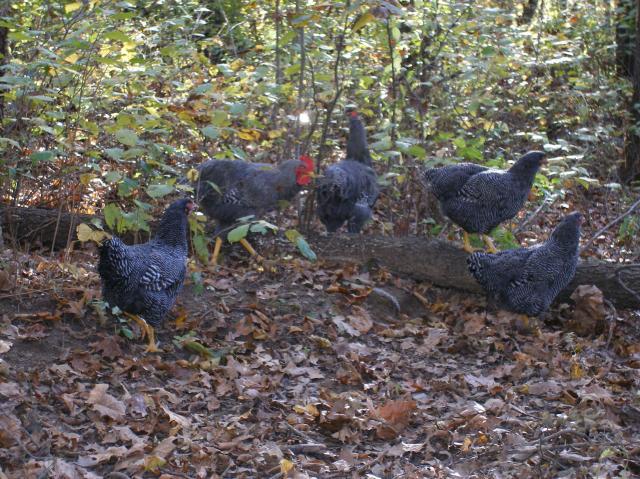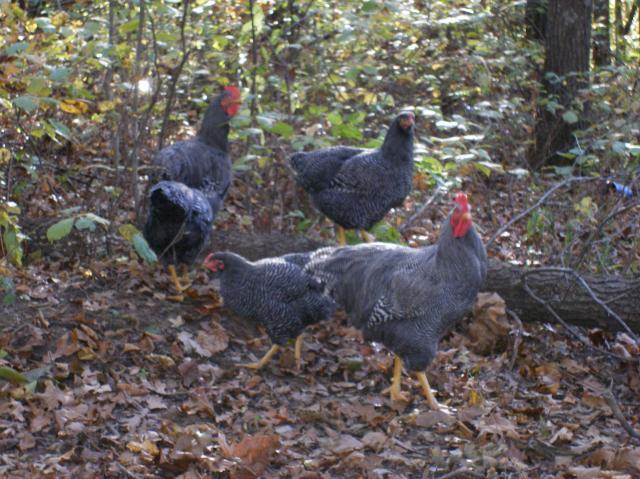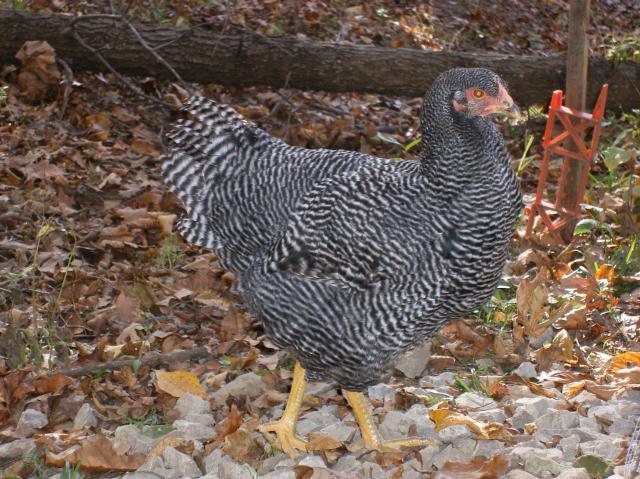Quote:
*passing the nitro*
I just reread this thread, and have to ask a question about this .... you said NO, that the old Heritage or Vintage Rocks are not bred to the SOP. Can you elaborate on that? What is different about them, different than the SOP? You said there are articles to teach us how to breed them. Can you tell us a little about that.
Kathy, I think you clipped off a critical sentance. He was saying you can order these birds from a hatchery by the handsful............but they (hatchery birds) aren't heritage strains bred to the SOP.
Breathe, honey, breathe...........
*passing the nitro*
I just reread this thread, and have to ask a question about this .... you said NO, that the old Heritage or Vintage Rocks are not bred to the SOP. Can you elaborate on that? What is different about them, different than the SOP? You said there are articles to teach us how to breed them. Can you tell us a little about that.
Kathy, I think you clipped off a critical sentance. He was saying you can order these birds from a hatchery by the handsful............but they (hatchery birds) aren't heritage strains bred to the SOP.
Breathe, honey, breathe...........









